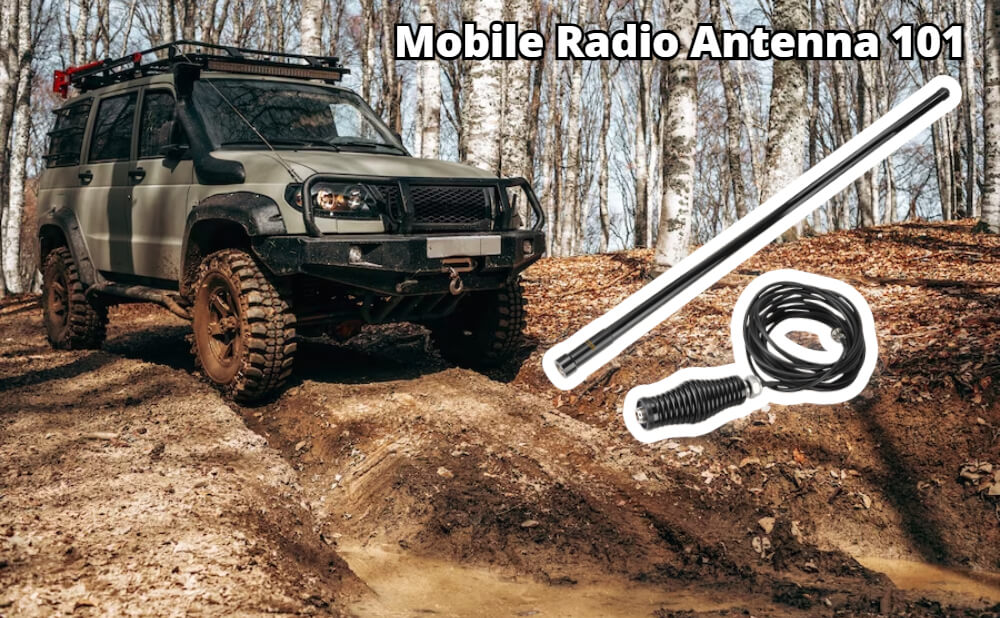Choosing the right mobile radio antenna might not be an easy task for beginners. This guide will help you quickly understand the basics of mobile radio antenna technology and a new type of high performance radio antenna – the Fiberglass Antenna.
Why do mobile radios need antennas?
The most important reason people use mobile radios is to increase their range. Several factors can affect a radio’s range, such as:
- Radio Strength
- Radio Frequency
- Area Terrain
- Indoor/Outdoor Mounting
- Antenna
Out of all the options just listed, an antenna change is usually the cheapest and easiest way to improve your transmission.
Base Terminology of Antennas
Impedance: It refers to how much resistance the cable lining has to electrical flow.
Ohm: It is the measurement of a cable’s impedance. The lower the number, the lower the impedance.
SWR: It stands for standing wave ratio. This is the calculation of your transmission’s ohm divided by your cable’s ohm.
If the ohm of your transmitter and antenna do not match your SWR, energy may ricochet back and forth through the cable. This can lower the broadcast of your signal. You can purchase antenna transformers that allow a low ohm antenna to match a higher ohm transmitter. These can cut your SWR in half, making your signal a lot stronger.
Fiberglass Antennas: A High-Performance Radio Antenna
Fiberglass antennas are emerging as a new type of antenna for high-performance applications. The main material of Fiberglass Antenna is Fiberglass Reinforced Plastic (FRP), also known as composite material. They can be used in applications such as mobile radios, with high signal receiving performance and reliability. Here are some of the main benefits of using a fiberglass antenna:
1. Durability: Fiberglass antennas are incredibly durable and are able to withstand harsh weather conditions, extreme temperatures, and mechanical shocks. This makes them suitable for outdoor installations and for use in challenging environments.
2. Low Loss: Fiberglass antennas have very low power losses, which makes them ideal for applications that require the transmission of high-frequency signals. This means that they can transmit signals over long distances without losing too much power.
3. Low Maintenance: Fiberglass antennas require minimal maintenance and can be easily installed and used without any additional effort. This makes them ideal for applications that require long-term use without the need for frequent maintenance.
In summary, fiberglass antennas have become an indispensable and important material in the field of modern wireless communication due to their Durability, Low Loss and Low Maintenance characteristics. If you are looking for a high-performance, reliable, and low-cost antenna material, consider using fiberglass antennas.
Latest Retevis Fiberglass Antennas

Retevis MR400 is the high gain mobile UHF/VHF antenna, specifically tuned for UHF/VHF band and designed for mobile radios. Link to MR400 47.2 Inches Fiberglass Radome UHF/VHF Antenna
Retevis MR300 is the high gain mobile GMRS antenna, specifically tuned for 462MHz frequencies on the GMRS and designed for mobile GMRS two-way radios. Link to MR300 47.2 Inches Fiberglass Radome GMRS Antenna
Thank you for reading this blog! If you have any questions, please leave your comments below. We are looking forward to your comments!
Related Blog: PICK THE RIGHT OFF ROAD RADIO AND ANTENNA
Views: 1

